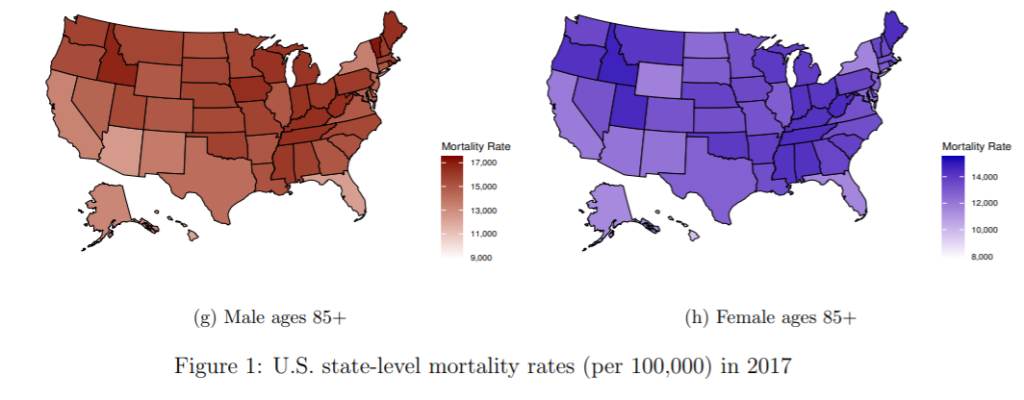Link: https://www.pnas.org/content/118/20/e2010588118
Graphic:

Excerpt:
Female life expectancy exceeds male life expectancy. Males at ages 15 to 40 die at rates that are often three times female levels, but this excess mortality is not the main cause of the life expectancy gap. Few deaths occur at younger adult ages compared with mortality after age 60 or, historically, among newborns. Our demographic analysis shows that, up through the early decades of the 20th century, the life expectancy gap largely resulted from excess deaths of infant boys. Afterward, higher mortality among men 60+ became crucial. The higher mortality of males at ages 15 to 40 has played a modest role.
Author(s): Virginia Zarulli, Ilya Kashnitsky, James W. Vaupel
Supplementary online material: https://www.pnas.org/content/pnas/suppl/2021/05/06/2010588118.DCSupplemental/pnas.2010588118.sapp.pdf
Github: https://github.com/CPop-SDU/sex-gap-e0-pnas
Publication Date: 18 May 2021
Publication Site: PNAS






